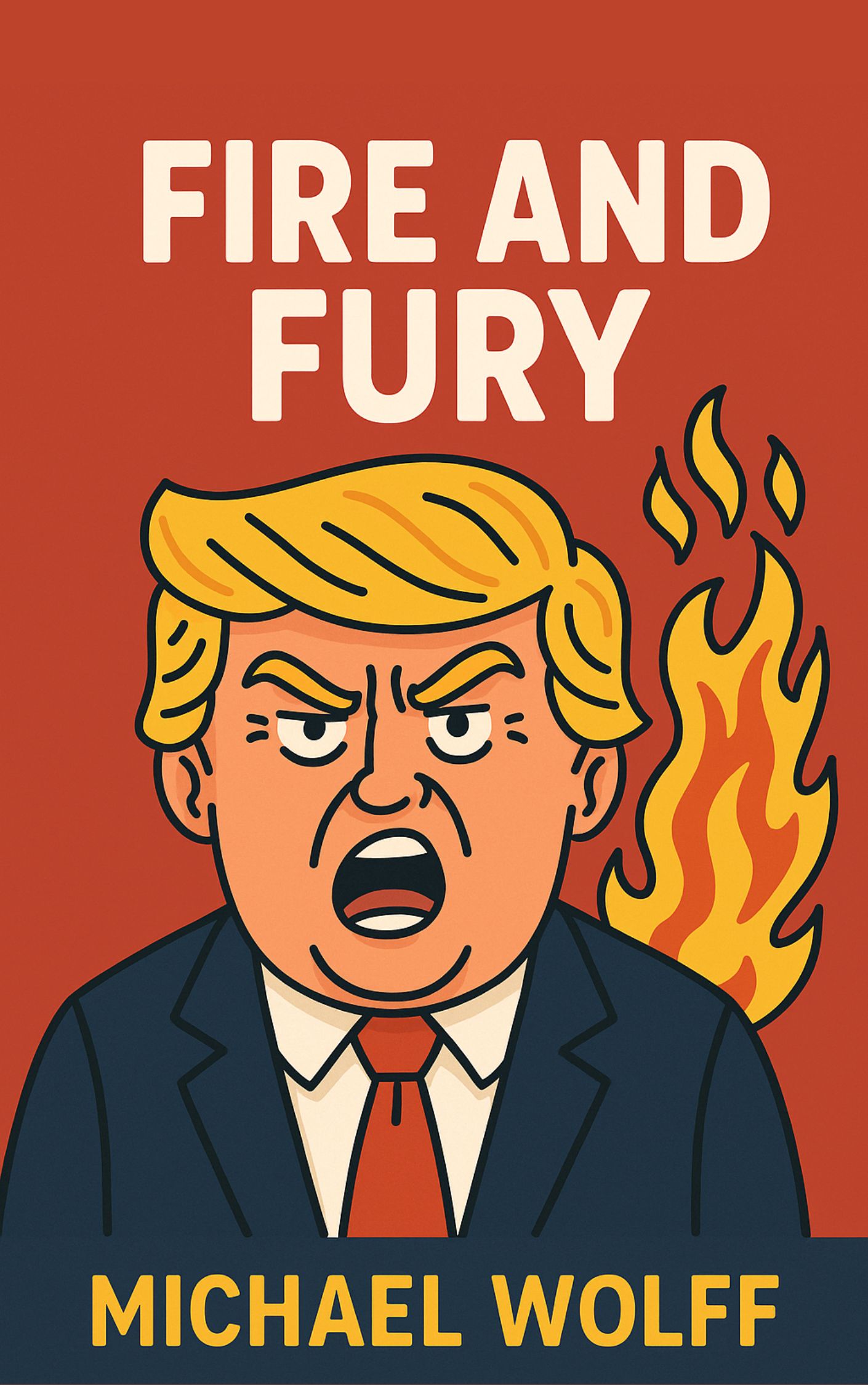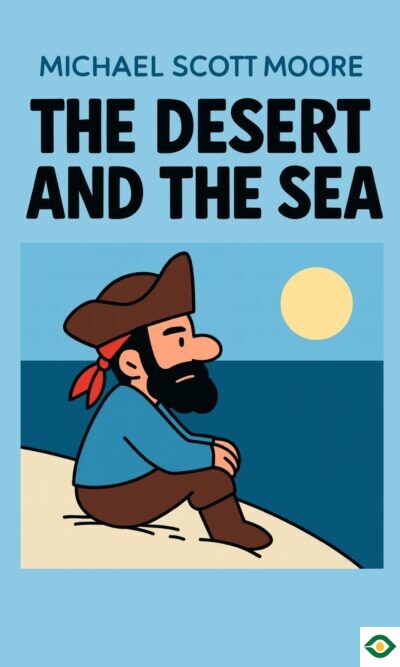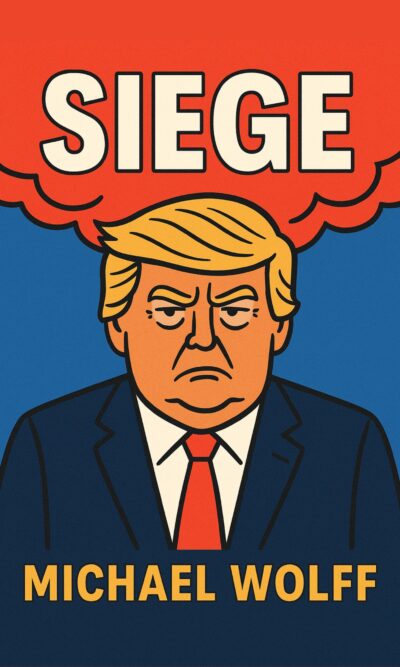Description
Donald Trump’s path to the presidency was one of the most surprising turns in American political history. Almost no one, including Trump himself, thought he would win in 2016. His campaign was seen as a platform for attention, not as a serious attempt to take the White House. Trump expected to lose, declare the system unfair, and perhaps launch a television network. His team was equally unprepared. Advisors and managers were already planning their lives after defeat, never imagining they would actually find themselves in power. When the victory came, it left Trump, his family, and his staff shocked and unready for the responsibilities ahead.
This lack of preparation quickly became clear once he entered the White House. Instead of unity, his inner circle was divided. On one side stood Steve Bannon, the strategist who had helped guide the campaign with fiery populist rhetoric. On the other side were Jared Kushner and Ivanka Trump, often referred to together as “Jarvanka.” Their vision for the presidency was very different from Bannon’s. Bannon wanted to steer America toward economic nationalism, fight globalization, and wage trade battles with China. Jarvanka leaned toward moderation, global diplomacy, and big deals in the Middle East. The president often switched sides depending on who spoke to him last, leaving the administration in a constant state of conflict.
The early days of the presidency were dominated by Bannon’s influence. Coming from the world of right-wing media, he wanted to start with bold, shocking moves. One of the first was the controversial travel ban that restricted entry from several Muslim-majority countries. It caused protests at airports across the United States and lawsuits in courts. For Bannon, the outrage was proof of success—he believed stirring emotions, whether positive or negative, was a way to display power. Trump himself was pleased by the drama, not fully grasping the suffering and confusion the order created.
But not everyone saw the White House in Bannon’s way. Kushner and Ivanka sought to soften Trump’s image and bring in more traditional advisors. They recruited people from Wall Street like Gary Cohn and Dina Powell to help guide policy. They even wrote speeches for Trump that, for brief moments, made him appear more presidential. Yet each time they tried to impose order, chaos quickly returned. Trump preferred improvisation, spur-of-the-moment decisions, and media spectacle.
One of the most dramatic turning points was Trump’s decision to fire FBI director James Comey. The FBI had been investigating Russian interference in the 2016 election and possible ties to Trump’s team. Kushner advised that firing Comey might ease the pressure. Bannon warned it would only make things worse. Trump followed his instincts and fired Comey without warning, creating a political storm. The move led directly to the appointment of Robert Mueller as special counsel to investigate Russian connections more deeply, pulling the administration into years of legal and political battles.
A major obstacle for Trump was his relationship with information itself. He rarely read memos or reports, often refusing to sit through briefings. Staffers sometimes wondered if he had a learning difficulty or simply an aversion to reading. He preferred television clips and simplified notes delivered with positive spin. This habit created dangerous situations. During a chemical attack in Syria, national security advisors tried to brief him, but he ignored most of the details. It was only when Ivanka showed him disturbing TV footage of victims that he decided to respond with missile strikes. His decision was based less on strategy and more on images that moved him emotionally.
The Russia issue continued to haunt the administration. A key moment came when the press revealed that Donald Trump Jr. had hosted a meeting with Russians at Trump Tower, hoping for damaging information on Hillary Clinton. Instead of handling it carefully, Trump and his advisors drafted a misleading public statement, claiming the meeting was about adoption. This only deepened suspicions of obstruction and dishonesty. Bannon, though loyal in many ways, could hardly believe the recklessness of Trump and his family in managing such scandals.
Trump also undermined himself constantly with his own words. His early-morning tweets targeted opponents, journalists, and even allies. Often rude or personal, they created outrage across the country. Instead of calming tensions, he stirred them. He also gave rambling speeches, straying far from prepared scripts, turning official events into chaotic performances. One unguarded interview with the New York Times openly criticized his own attorney general and warned the special counsel not to investigate his family finances, effectively handing more evidence to his critics.
The relationship between Trump and Bannon eventually broke down. A book by another author credited Bannon as the real mastermind behind Trump’s win. Trump was furious at the suggestion. Their bond, once strong, collapsed. By mid-2017, Bannon was forced out of the White House. He left convinced that Trump’s presidency might not last and that impeachment was a real possibility.
Throughout these months, a pattern was clear. Trump did not expect to win and had little interest in the careful work of governing. His advisors fought for influence, but none could truly manage him. His reliance on television, his habit of improvising, and his obsession with personal loyalty all fueled constant disorder. Each scandal seemed to deepen rather than fade.
The story of Trump’s first year in office, as told in this account, is not one of calm leadership or steady progress. It is a story of shock victory, power struggles, rash decisions, and endless conflict. What emerges is a portrait of a president who thrives on drama, who sees governing as a performance, and who often makes decisions for attention rather than long-term results.
The book paints a picture of a White House unlike any before it. A place where no one expected to be, where few knew what they were doing, and where the leader himself seemed more interested in headlines than in the hard work of policy. The outcome was constant turmoil, with staffers leaving, alliances breaking, and the nation watching in disbelief.
In the end, the biggest surprise may not have been that Trump won, but that his presidency revealed just how unprepared and divided his own team was. It showed how personal rivalries and impulsive choices shaped some of the most important decisions of recent American history. And it left the question open of how long such a chaotic experiment in leadership could last.





